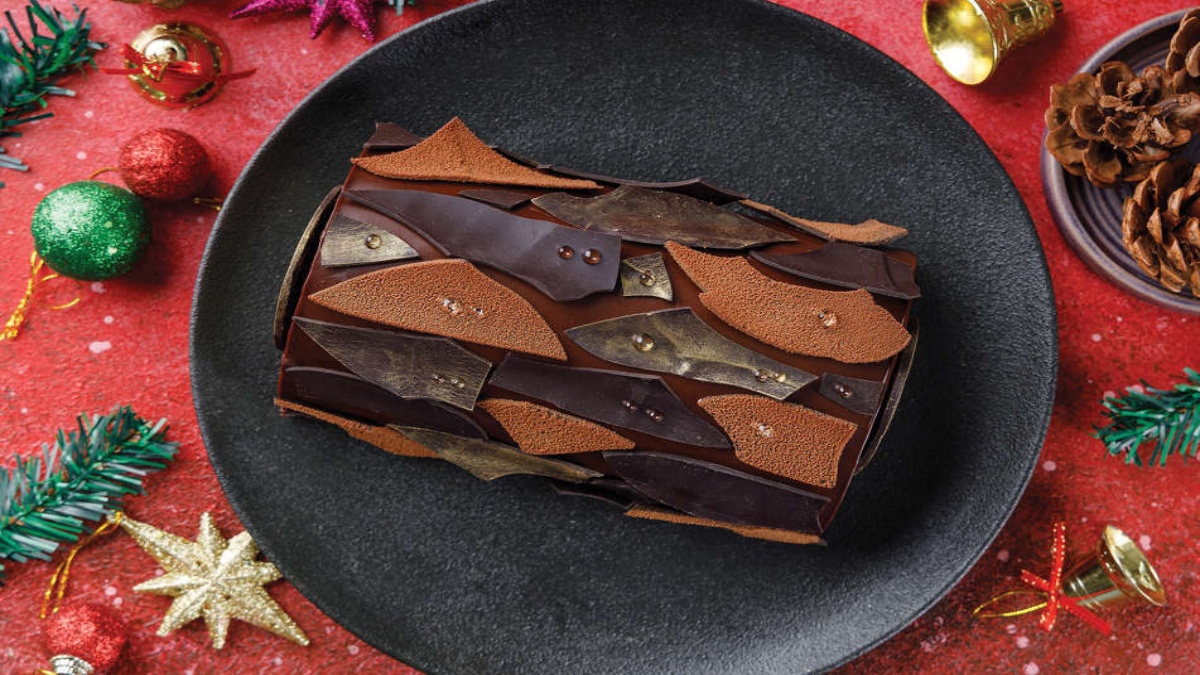
With just a week left for Christmas, and Grover Zampa making our lives easier by launching the One Tree Hill Mulled Kadha Wine, this is the season to dig the Yule logs, gingerbread men, plum puddings and Alpine nut cakes. And if the cold wave continues to be the way it is, these traditional treats, which are being lined up in plenty by the city’s leading dessert chains, L’Opera and The Artful Baker, promise to be just right for the season. More than that, each dessert comes with its own special story.
Yule logs, for instance, have traditionally been burnt outside people’s homes for 12 nights—from Christmas Day (December 25) to the Twelfth Night (January 5)—for centuries dating back to the time of the Vikings. The ash left behind by the fires was said to be an effective fertiliser. In these days when most of us live in apartments and do not have open spaces where we can light up log fires, the Yule log cake, which they call the Buche de Noel in France, is a happy reminder of those carefree times.




Describing the Buche de Noel, the Oxford Companion to Food says “it is a roll of light sponge cake” (the Genovese style is popular one) “covered in chocolate or coffee butter cream textured to resemble bark. The conceit is carried further by mounding the cream over small pieces of cake stuck to the main roll, to represent trimmed branches. The ends of the roll and the cut faces of the branches are finished with vanilla cream, imitating pale newly cut wood, and the whole is decorated with leaves made from icing, or meringue mushrooms.”
I have never quite figured out why people get so excited about gingerbread men, which are plain ginger-flavoured cookies embellished with human features and patterns made out of meringue. Immortalised by the Grimm Brothers fairytale about Hansel and Gretel, and before them, loved by Queen Elizabeth I so much that she used to get the likenesses of her favourites made with gingerbread, the tradition goes back to the time when German bakers started baking bread spiked with ginger, a spice introduced from Asia by the Crusaders returning from their battles in the 10th century.
And then there’s the ‘plum’ pudding, which, ironically, doesn’t have plums in it, but their dried cousins named prunes. If you follow old Church rules, at least 13 ingredients go into it—one in honour of Jesus and the other 12 to commemorate the Apostles. King George I, fresh off the boat from Hanover, was the first British royal who actively promoted the plum pudding, whose intensity and richness reminded him of the desserts he dug at home.
Each family has its own recipe for a plum pudding, now better known as the Christmas pudding to avoid the ‘plum confusion’, but the alcohol that goes into marinating the fruit gives it its formidable reputation and special characteristics. The next time you serve plum pudding at home, make a hole on top at the centre, pour brandy into it, and light a fire. Your guests will remember the experience for a long time.
I have included the Alpine nutty cake, a Swiss delicacy popularised by the gourmet bakery La Conditoria from the Canton of Grisons (Graubunden) and we are getting to taste it in Delhi, thanks to L’Opera. The most memorable part of the cake is its rich filling of almonds and Swiss mountain bee honey encased in a buttery short-crust pastry. It’s a treat as much for children as for adults.















